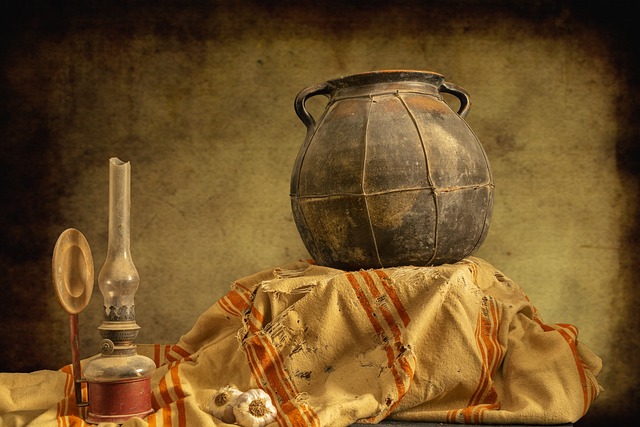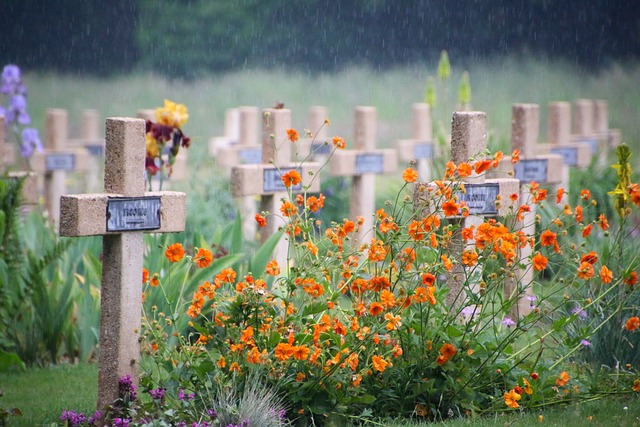【Archaeology】An Annotated WWII Underwater Archaeology Bibliography
With four decades of WWII underwater archaeology publications, the time is nigh to create a comprehensive bibliography and conduct an analysis of tren... [more]
With four decades of WWII underwater archaeology publications, the time is nigh to create a comprehensive bibliography and conduct an analysis of tren... [more]
The majority of Boston's residents are minorities. These minority residents confront the ongoing effects of racism, including the hard histories of e... [more]
Foucault's archaeological method is contrasted with that of a humanist history. The contrast highlights strengths and weaknesses found in Foucault's approach. It is argued that lie is right to reject a concept of objective knowledge based on pure facts
We describe here an efficient procedure for reassembling unknown two-dimensional objects that have been broken or torn into a large number of irregular fragments-a problem that often arises in archaeology, art restoration, forensics, and other disciplines

During the Late Classic period at the site of Kaxob in Belize, Central America, inhabitants recycled ceramic fragments as tools for the making of pottery. Considering pottery as a tool is by no means an easy task and requires, for its study, significant m
Beliefs in the coming of the global era confuse our understanding of the complexity of contemporary processes of world integration. Absorption in the latest that high-tech IT has to offer is conjoined with the flourishing of mythologies that celebrate the
In this article, I compare Michel Foucault and Jacques Derrida's readings of negative theology. I begin by noting a number of parallels between Foucault and Derrida's critiques of the via negative in their early work. The two thinkers both criticize neg
The journal Kalathos appeared in 1981. Its published annually by thr Seminario de Arqueologia y Etnologia Turolense (SAET), institute of Teruel College, today called the School of Arts and Social Sciences, in Teruel. The journal contains two sections, Arc
Dr Venclova is well known to readers of ANTIQUITY as the excavator of the site of Msecke Zehrovice in Bohemia, find-place of the most famous example of Iron Age human representation. What she presents here is a provocative theory--that the Msecke Zehrovic

Understanding 'desertification', the ecological deterioration of arid lands into semi-deserts and deserts, is critical for the future well-being of the fifth of the world's population who inhabit drylands today. Many dryland regions now sparsely occupi
Documents are important sources of system requirements. This is particularly true of domains that are document-centric in terms of their operational and development processes. For system evolution in organisations that have been subject to organisational
This study is mainly based on the expeditions and underwater study of stone anchors from the Cilician coast, Bodrum Museum of Underwater Archaeology and the Kas Uluburun wreck. The stone anchors found on the Cilician coast are very similar to eastern Medi
This paper explores the application of archaeological site formation theory to stranded wooden vessels and the scattered wreck-sites they produce. Shallow water wrecks and wreckage sites in the Au Sabel Shores region of western Lake Huron are used to deve
Within the narrative poetics of the archaeological find, accounts of the discovery of beautifully preserved Iron Age bodies in the peatbogs of Northwestern Europe constitute a particularly complex, well-defined and resonant subgenre. A reading of the genr
This article uses a case study of a TV programme, Atlantis Uncovered, an archaeological programme debunking popular ideas of Atlantis and the ancient past, as an instance of a discursive paradox, or discursive pathology, in which defenders of traditional

The First World War is beginning to receive archaeological attention. This paper highlights the technical, ethical and political challenges, including recovery and re-burial of the multi-faith dead, excavation of battlefield features and volatile ordnance
Since the early 1970s indigenous people have provided a challenging and often confronting cultural and political critique of some of the long-held givens of archaeological research. Archaeologists engaged in research about Australia's indigenous archaeol